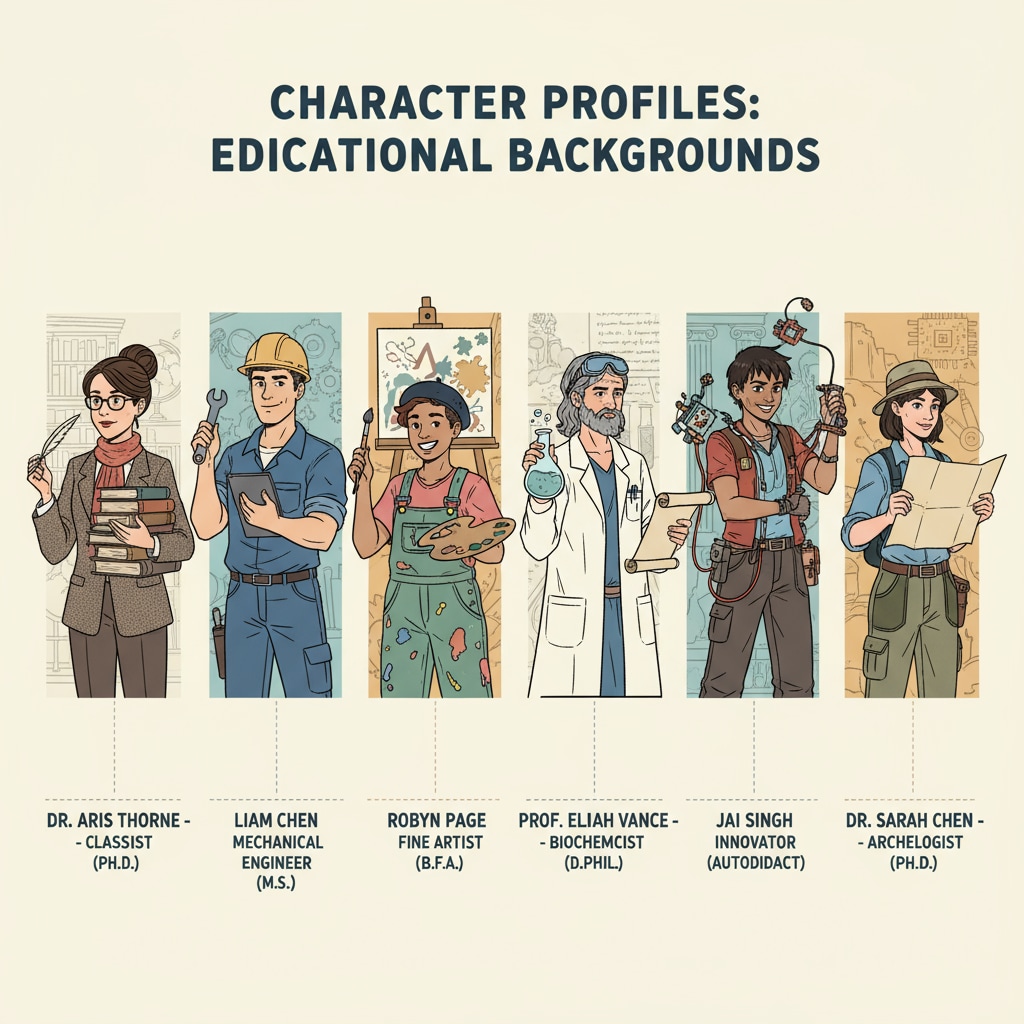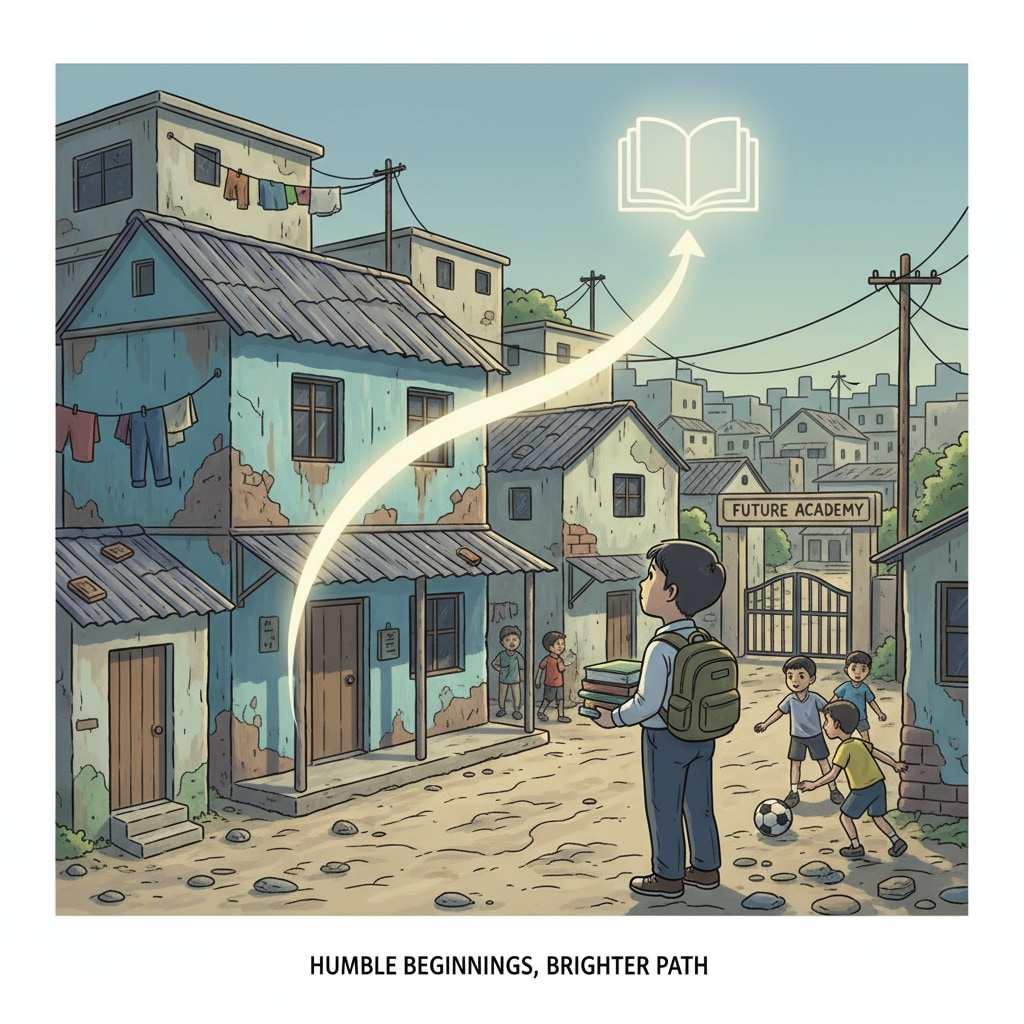In the realm of novel writing, the ability to craft distinct character writing styles that mirror their educational background is a skill that can elevate a story from ordinary to extraordinary. When it comes to depicting characters with limited education, there are several key aspects to consider. Let’s explore these dimensions to bring authenticity to our fictional creations.

Analyzing the Socioeconomic Background
The socioeconomic background of a character often has a profound impact on their educational attainment. For example, characters from lower-income families may have had fewer opportunities for formal education due to financial constraints. This could lead to gaps in their knowledge and skills. According to Wikipedia’s entry on Socioeconomic Status, those from disadvantaged backgrounds may lack access to quality schools, educational resources, and extracurricular activities that enhance learning. As a result, when writing such characters, we need to consider how these limitations have shaped their language, thought processes, and overall worldview.

Unveiling Language Characteristics
Language is a powerful tool for revealing a character’s educational level. Characters with limited education may have a more restricted vocabulary. They might use simple, everyday words and avoid complex jargon or sophisticated language. Additionally, grammar and syntax errors could be more prevalent in their speech and writing. For instance, they may misuse tenses or struggle with sentence structure. As stated in Britannica’s article on Language, language reflects a person’s experiences and education. By incorporating these language quirks, we can make our characters more believable. In dialogue, their speech should flow in a natural, unrefined way that aligns with their educational background.
Another aspect of language for these characters could be the use of local dialects or colloquialisms. These elements not only add authenticity but also help to establish the character’s geographical and cultural roots. For example, a character from a rural area might use phrases unique to that region, further emphasizing their background and limited exposure to formal language education.
Readability guidance: Here, we’ve used short paragraphs to present key points about language characteristics. The examples serve as clear illustrations. The use of “for instance” and “additionally” are transition words that enhance the flow.
Understanding Thought Patterns
The thought patterns of characters with limited education can also be a defining trait. They may think in a more concrete, practical way, focusing on immediate concerns rather than abstract concepts. Their decision-making processes may be based on personal experiences and common sense rather than complex analysis. For example, when faced with a problem, they might rely on tried-and-true methods that they’ve learned through observation or hands-on experience, rather than exploring innovative solutions. This simplicity in thought can be reflected in their internal monologues and the way they interact with other characters in the story.
Moreover, their understanding of the world may be more limited, influenced by the information they’ve been exposed to within their social circle and community. This can lead to biases and misunderstandings that are characteristic of their educational and social standing. By delving into these thought patterns, we can create multi-dimensional characters that resonate with readers.
Readability guidance: In this section, we’ve used lists in a sense to break down the aspects of thought patterns. The use of “moreover” as a transition word helps connect different ideas.
In conclusion, when engaging in novel writing and aiming to portray characters with limited education, carefully analyzing the socioeconomic background, language characteristics, and thought patterns is essential. By paying attention to these details, we can create authentic character writing styles that bring our fictional worlds to life. This not only enriches the reading experience but also showcases the depth of our storytelling abilities, all while staying true to the educational backgrounds of our beloved characters.


